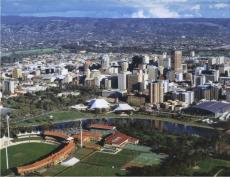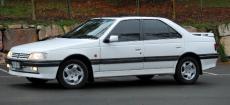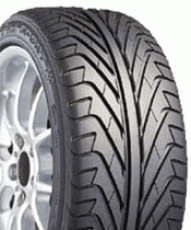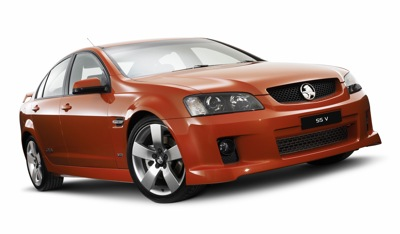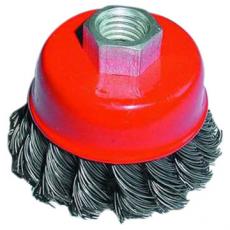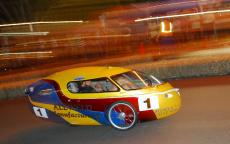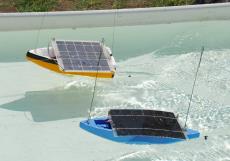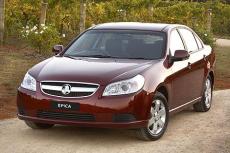Talk About Lack of Vision
OK, here in Australia it’s the first couple of days into the Federal election campaign and I am already appalled.
Yesterday the Liberal/National coalition Government made, as its first election promise, a pledge that personal tax cuts would be instituted across the board. In fact, no less than AUD$34 billion of tax cuts.
Commentators immediately suggested that in their forthcoming tax policy, the Labour party opposition will probably be forced to match this promise.
Am I the only voter who thinks that this is a AUD$34 billion waste of money? Sure it’s nice for the electorate to have a few more dollars in their pockets but in this time of near record unemployment and low inflation, now is not when we should be reducing the tax take. Instead we should be doing something real and useful with the funds that the country as a whole has available.
Think what that thirty-four billion dollars could do.
It could vastly improve our road network. And ‘vastly’ is a massive understatement.
It could invest hugely in areas in which Australia used to be a leader, areas that our climate lends itself to, technologies that will be in increasing worldwide demand. Solar energy is one obvious candidate: in solar water heating and photo-voltaic cell technologies, Australia was once a leader.
It could invest itself in revolutionising the local car industry to produce cars that would be in world-wide demand.
It could universally introduce zero consumer cost broad-band, in so doing allowing far more to tele-commute to work.
That thirty four billion dollars could be used to address what are surely the most pressing problems facing Australia: potable water supply and energy production. Instead we have state governments struggling on an ad-hoc basis to provide infrastructure that is geared solely to a short-term election cycle. Where are the federal government visionary schemes to transform our system of water harvesting, water recycling and water conservation? Where’s the federal government lead in moving away from coal burning power stations that provide nearly all of Australia’s base-load electricity generating capabilities?
Instead, the election promise is about how many extra dollars you’ll have to buy a huge flat-screen TV…
Note: comments that don’t address the ideas covered here (eg comments that simply say one party is better than the other, or that all politicians are idiots, etc) will be deleted.

 Julian Edgar, 50, has been writing about car modification and automotive technology for nearly 25 years. He has owned cars with two, three, four, five, six and eight cylinders; single turbo, twin turbo, supercharged, diesel and hybrid electric drivelines. He lists his transport interests as turbocharging, aerodynamics, suspension design and human-powered vehicles.
Julian Edgar, 50, has been writing about car modification and automotive technology for nearly 25 years. He has owned cars with two, three, four, five, six and eight cylinders; single turbo, twin turbo, supercharged, diesel and hybrid electric drivelines. He lists his transport interests as turbocharging, aerodynamics, suspension design and human-powered vehicles.

